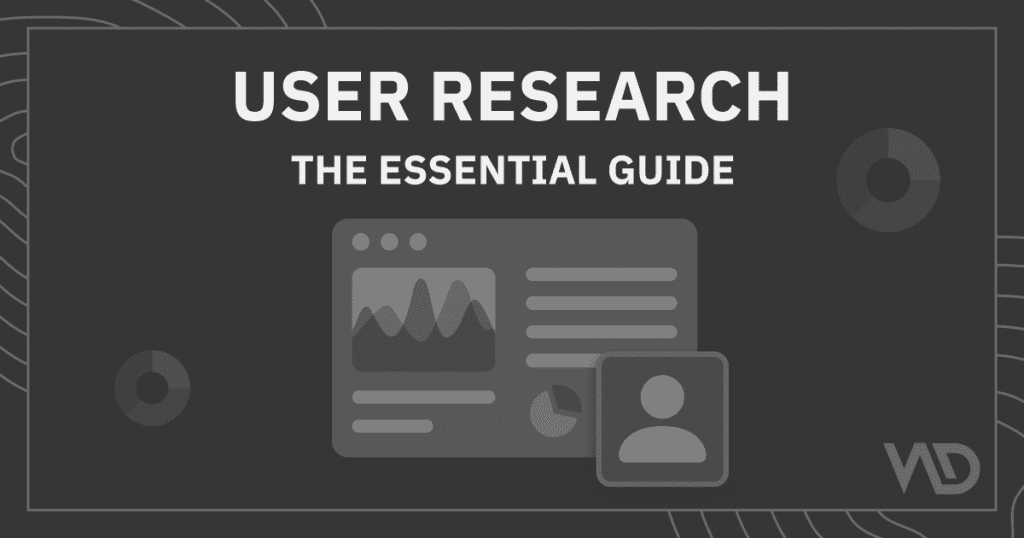User research is important, and the very first step to designing a product for its users. Here is a guide for all UI UX Designers or those who have the interest to get knowledge about user research.
In this guide, you will get to know about:
- What is User Research?
- Importance of User Research
- Types of User Research
- User Research methods and their use
- Conclusion
What is User Research?
As it is self-explanatory, it refers to the research for the users. It is a psychological study or a vital tool to know the target audience.
To design a desirable product for the users, here are some most-important questions that every designer should know:
- Who are the users of your product
- What do they need
- What are their pain points and their behavior
- What are those things that motivate them, etc.
With the help of various user research techniques, consequently, it will help designers to get the insights to design a product as per users expectations.
Importance of User Research
Designing a product is not a blind game or a fluke. It is important to study your users. Hence, without a proper study and research of your users is like a shot in the dark.
Target audience – When producing something, it is the first and the most important question for whom we’re developing the product or service. Therefore, the user research helps to get an idea to know the target audience.
Improves user efficiency – With proper user research, the product is designed as per the desire of users. Hence, it helps to improve the efficiency of the users.
Error-free product – The user research helps the designers to create products as per the user’s expectations. Therefore, it helps to decline the error graph.
Saves time and money – The user research helps to get clear data on the target audience’s needs which eliminates the usability issues and design flaws. This step is equally important to get rid of extravagance and waste of time.
Competitor’s Analysis – It is important to do a proper competitor analysis for the product before its production. Because lack of competitor analysis can cause huge losses in business.
Types of User Research
There are many different techniques of user research to uncover the pain points and needs of the users.
- Quantitative research – It focuses on statistics, numbers, and mathematical calculations.
- Qualitative research – It focuses on insights, observation, feedback, concerned with the description, non-computed.
- Attitudinal research – It focuses on hearing what users say, it includes surveys and interviews.
- Behavioral research – It focuses on user behavior, because experience shows that what people say and what they do often differ.
User Research methods and their use
Quantitative Methods:
- User surveys: This method is used to collect users’ feedback and to know their behavior about their experience of your product or service. Also, it helps designers to know about what they like and what they don’t.
- First Click testing: In this method, the users are observed that on which they would click first to complete the particular task. This test can be done with paper prototypes, wireframing tool, or a working website.
- Eye tracking: It is a technology in which the eye movement of the person is monitored and also records where the person is looking, and for how long they are looking at a particular spot.
- Heatmapping: It is a technology which shows that which area of the design catches the attention of the user, where they click, and how much they need to scroll.
- A/B testing: It is also known as Split testing. It is a method of comparing two versions of a web page (that are live in a different region) to determine which version performs better.
Qualitative Methods:
- Guerrilla testing: Also known as hallway usability testing. This is a fast and cheap method to test your ideas. It can drive high-level feedback and success to uncover user experience problems.
- Interviews: It is the most-loving technique among UX designers as it gives quick feedback from the users to gather valuable user insights. A questionnaire about the particular topic is being prepared which is asked to users to describe their perceptions, and emotions about a product or service.
- Focus groups: This is a method of user research where the participatory groups are led through a friendly discussion and activities to uncover their issues and challenges using a product or service.
- Field Studies: This method is like putting the feet into the shoes of users. The researcher needs to go into the user’s environment and observe their activities and take notes (photographs or shooting videos if possible).
- In-lab testing: In this method, the users are assigned a particular task in a controlled environment and need to observe their actions, and feelings and are also filmed for future analysis
- Card sorting: This method is used to group the same kind of data we received from interviews and name them to understand the Information architecture.
Conclusion
Thanks for reading this all. User research is an integral part of UI UX web designing. A product with a good user experience depends on how good is the user research. Therefore, we can not skip this step by assuming the target users, their behavior, what they like and dislike, and other factors that will affect the success of your product. I hope you like reading this blog and gained the knowledge about “User Experience”.
